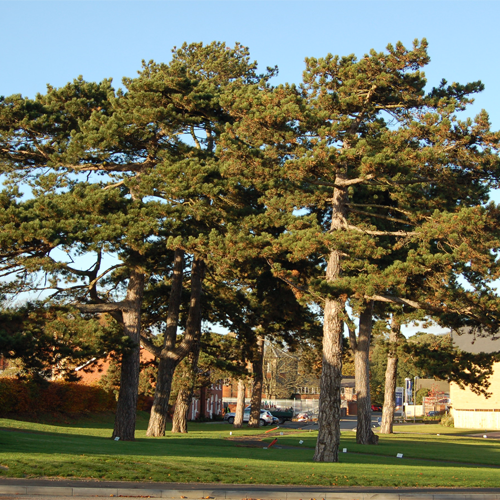Retaining Woodland At Low Cost
Ipswich, Suffolk
Retaining existing trees and habitats is always the best way to landscape open space, but the key is to get the protection in place in advance, (as well as the understorey and habitat). Of course, an unkempt mess is generally not suitable within a development, particularly for the developer or the residents, so it is essential therefore, to manage the habitat and ensure tidy edges. If the edges are landscaped to form 1.5-2m wide strips of neat, regularly mown grass, and the habitat is kept orderly, then residents can see the that the habitat is a deliberate choice. It’s regarded as a piece of wilderness, and the tidy frame ensures an acceptable interface. We have not had any complaints where this has been carried out properly, but many complaints where it has not, for example, where the edges are untidy or where the habitat has not been well managed.
For the developer, the savings can be huge. In fact, costs can be cut by two thirds of typical open space budgets. This can amount to hundreds of thousands pounds of additional profit, or millions of pounds on the larger sites.
There are no losses as a result of this practice. By retaining existing trees and habitats, the landscape is more mature and attractive, habitats are more stable, and plant and animal communities are already established. This really is an example of better, faster and lower cost.
JBA looks to retain existing landscape features as the first principle when considering a new site.




